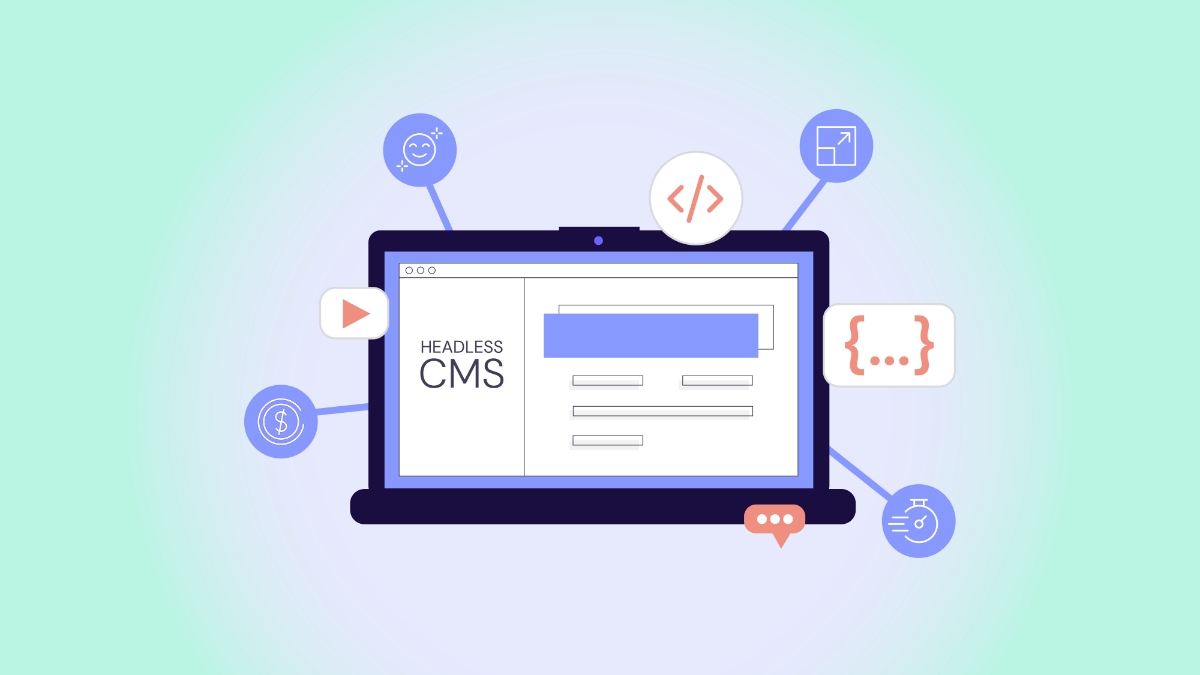First, What Exactly is a Headless CMS?
A Headless CMS (Content Management System) is a modern content management solution that separates the back-end content management from the front-end delivery, unlike traditional CMS platforms such as WordPress or Drupal where both content and presentation are tightly coupled. The term “headless” refers to the “head” (the front-end part of the website or app) being decoupled from the “body” (the back-end content management system). This separation allows content to be delivered and presented across multiple channels, such as websites, mobile apps, and third-party platforms.
Benefits of Headless CMS?
Multi-Platform Consistency
With content managed centrally and delivered via APIs, a headless CMS ensures consistency across various platforms and touchpoints, making it easier to maintain content integrity.
Future-Proof
As digital ecosystems evolve, a headless CMS allows you to adopt new technologies without having to overhaul your entire system. This makes it a future-proof choice for businesses that anticipate rapid technological changes.
Content Personalisation
A headless CMS enables more sophisticated content personalisation. With APIs, you can tailor the presentation of content to specific user segments or devices, providing a more customised experience.
Developer-Centric
Developers (such as ourselves) enjoy the flexibility of a Headless CMS because we have full control over how content is presented. Developers can also use modern frameworks and tools, which are often far more efficient and less bloated than traditional templated systems.
Easier Integration
Since headless CMS’s are API-based, integrating with other tools (like CRM systems, marketing platforms, or e-commerce solutions) becomes much easier, enabling businesses to create a seamless ecosystem.
When to Consider Using a Headless CMS
A headless CMS is ideal in scenarios where:
- You need to deliver content to multiple channels or platforms (e.g., web, mobile, IoT, digital signage).
- You want more flexibility and control over the front-end experience.
- Your business has specific or evolving technological needs and you require a system that can scale and adapt.
- You want to future-proof your content management strategy and embrace modern development practices.
Drawbacks of a Headless CMS
While a Headless CMS offers many advantages, nothing is without its challenges. It’s important to consider the potential drawbacks before making the switch, especially if your business doesn’t have the technical resources in place to manage the transition. Here are a few things to keep in mind:
Complexity for Non-Developers
Without the built-in front-end, managing and displaying content on a website may require more technical expertise, making it more challenging for non-developers (such as marketers) to update and maintain the site.
Higher Initial Setup Costs
While headless CMS offers flexibility, it may also require a higher upfront investment in terms of development and technical resources to set up the front-end and integrate with various platforms.
More Responsibility for Front-End Development
With the back-end and front-end decoupled, businesses will need to have a skilled development team on hand that can manage the entire process.
Conclusion
For businesses focused on omnichannel delivery, rapid growth, and the ability to scale their digital presence without being restricted by traditional CMS limitations, a headless CMS can be a game-changing solution. By offering flexibility, scalability, and the ability to future-proof your content management strategy, it empowers businesses to meet the demands of the digital world. However, the increased complexity and development costs may require careful consideration of whether it’s the right fit for your business needs.
